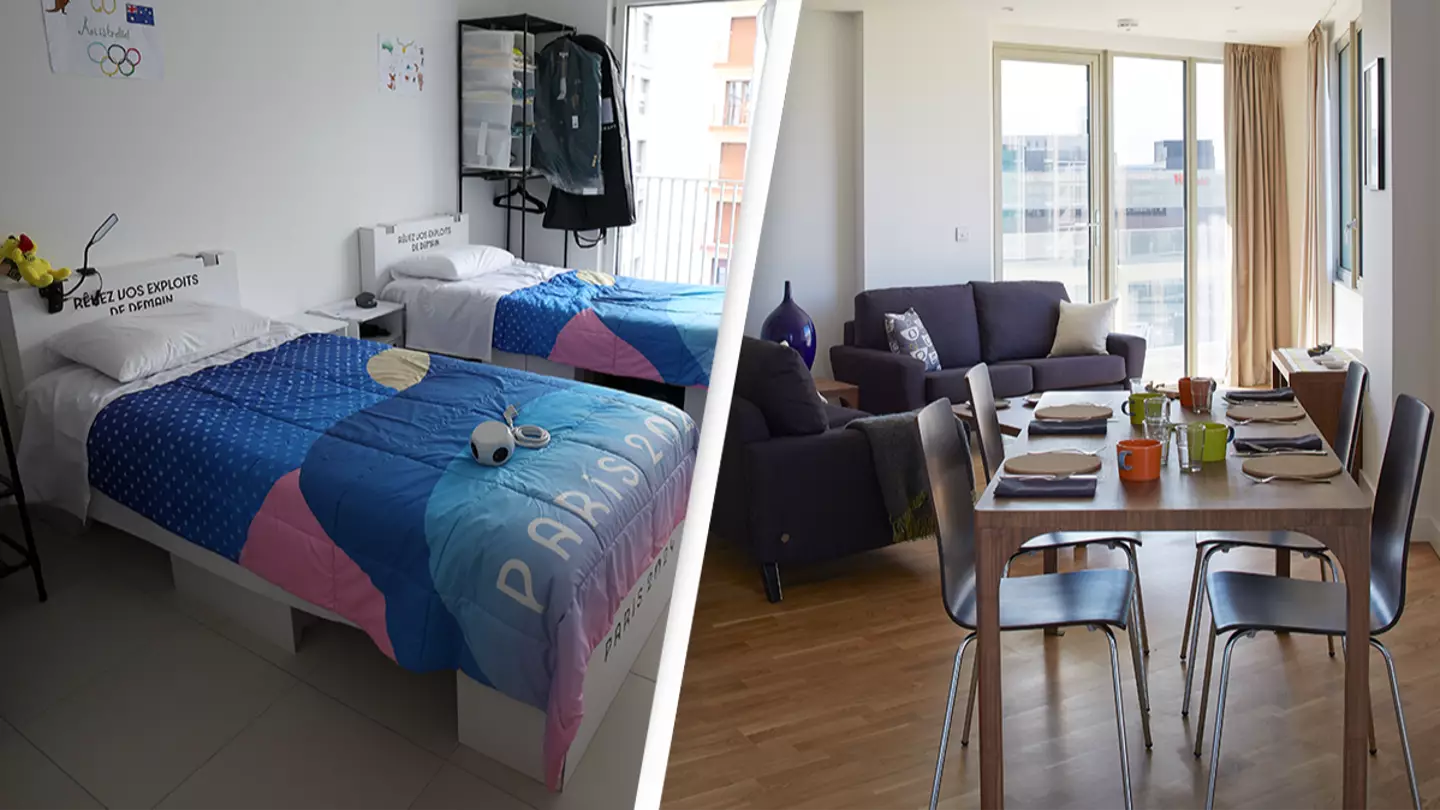
Featured Image Credit: Getty Images/Maja Hitij/Dennis Gilbert/View Pictures/Universal Images Group
Topics: Olympics, World News, Sport

Topics: Olympics, World News, Sport
Gerrard is a Journalist at UNILAD and has dived headfirst into covering everything from breaking global stories to trending entertainment news. He has a bachelors in English Literature from Brunel University and has written across a number of different national and international publications. Most notably the Financial Times, Daily Express, Evening Standard and Newsweek.